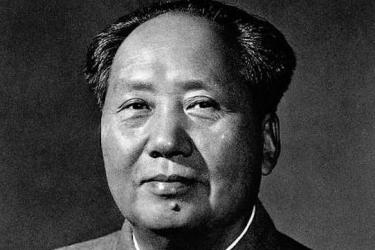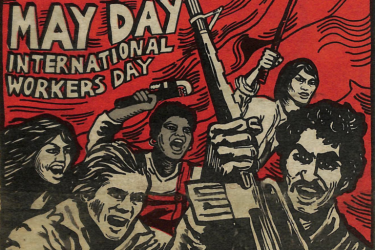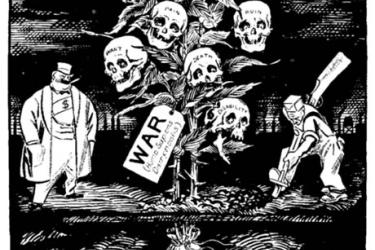According to Mao Zedong, the principal law of materialist dialectics is the unity of opposites. Thus, it is quite fitting to observe that we can find the unity of opposites on display in evaluations of Mao himself as represented by Domenico Losurdo and Alain Badiou. For Losurdo, Mao is praised for his realism, nationalism, and attention to economic modernization. By contrast, Alain Badiou sees Mao as an eternal rebel, a symbol of the communist idea, and a universalist. These positions could not be more opposed.
Doug Enaa Greene
Emerging from the social upheavals of the 1960s, the Revolutionary Communist Party (RCP) counted many dedicated organizers in its ranks who were inspired by the ideas and the example of Maoist China. The party used Maoist theory not only to plan for a future socialist revolution, but also to grapple with the complicated history of Stalinism and its impact on the international communist movement and the USSR. While the RCP did confront some of the dogmas and myths of Marxist-Leninist orthodoxy, in the end they were unwilling and unable to effectively understand Stalinism.
It has been a hundred years since the outbreak of the First World War.


